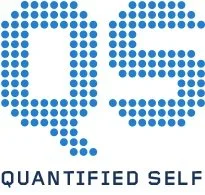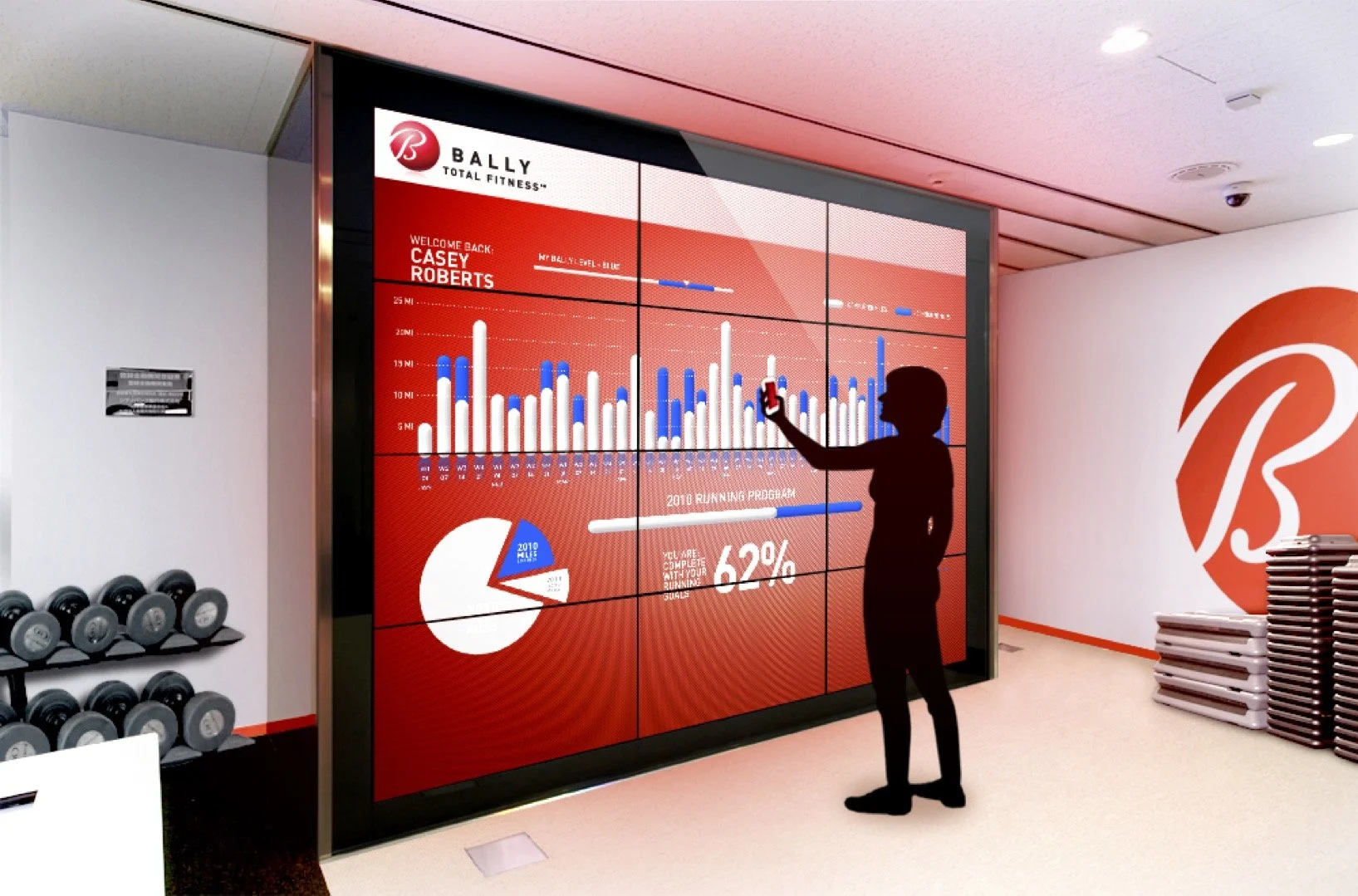Bally Total Fitness
My first project at Manifest was to build and deliver an acquisition strategy for Bally Total Fitness. My hunch was that this meant acquisition and retention. It meant delivering a seamless experience for members to track any relevant aspect of personal health and wellness progress outside the club, and further loop the customer into the brand experience, regardless of where they were at in their day.
It meant Bally the brand becoming part of the daily wellness experience of every Bally club member.
I knew enough to know I needed to do my homework, and the best way to do that was to start a small conference, or study group.
Above: A portion of the video Manifest shot with Bally’s CMO, and myself, on the vision behind our project.
Quantified S(h)elf
As I studied the future of retail, tech and health, I realized that there was a specific group that, to me, defined the near-term future of the category. For my next step in my research, I reached out to a journalist, Wired editor, and co-founder of Quantified Self (QS), a health-tracking and tech meetup founded in San Francisco.
They helped me create a QS meetup under their banner in Chicago, called Chicago Quantified Self.
When I met with this QS co-founder in San Francisco, I asked what the essence of the Quantified Self concept was, for them.
They said “To empower people to solve their own health problems as much as possible, and remove the idea that physicians are the final or only authority on how to manage health issues.
“Take the divine right of kings, and how that vanished. It’s not that there was ever a definitive answer, it just became a silly question to ask.”
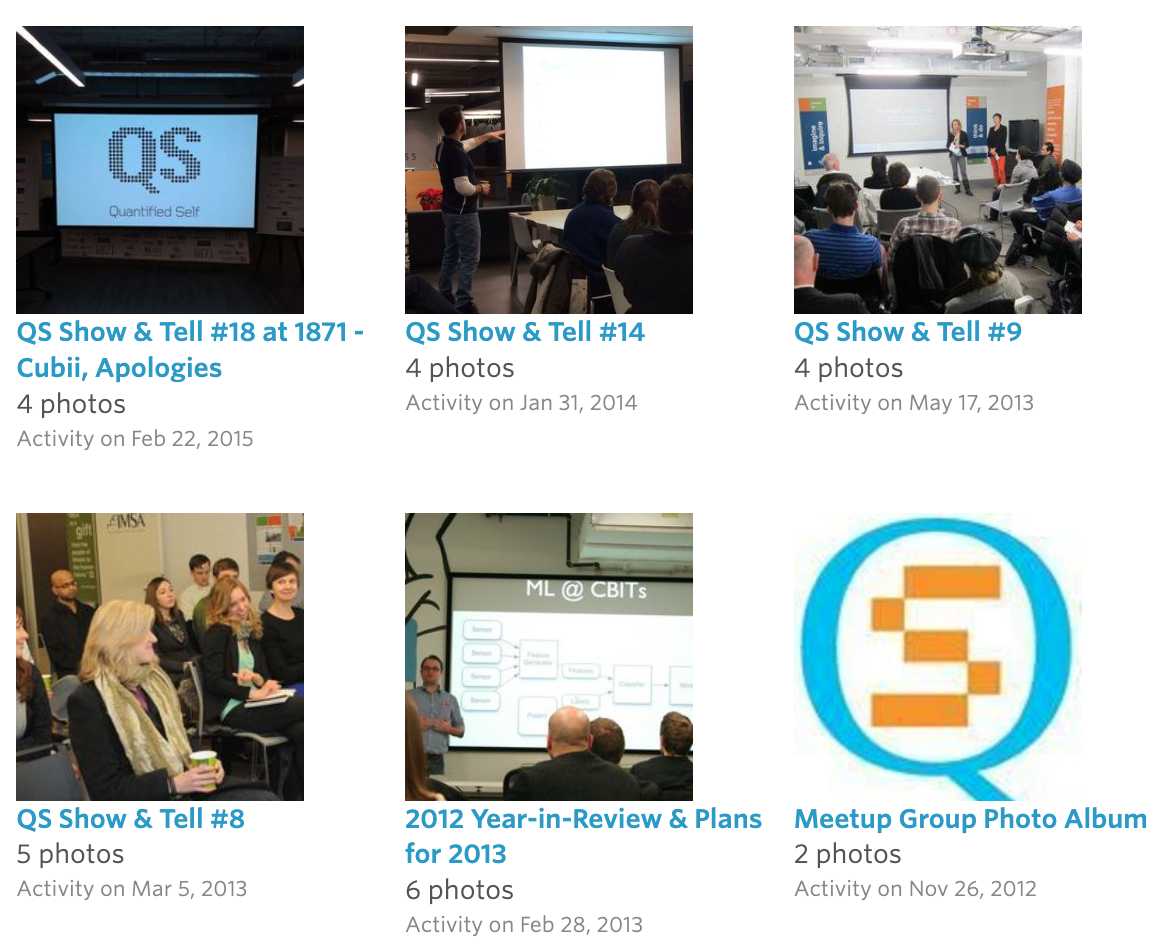
Our pitch
It took 3 weeks to research and prevail on Manifest’s Chief Creative Officer to agree to the pitch. We then designed it together, with a team of 5 building the final pitch deck.
The key competitive advantages and approach I delivered to the team were that…
No fitness brand effectively owned the results space.
Quantifiable commitments were key to healthy lifestyle.
Delivering individual performance proves commitment to results.
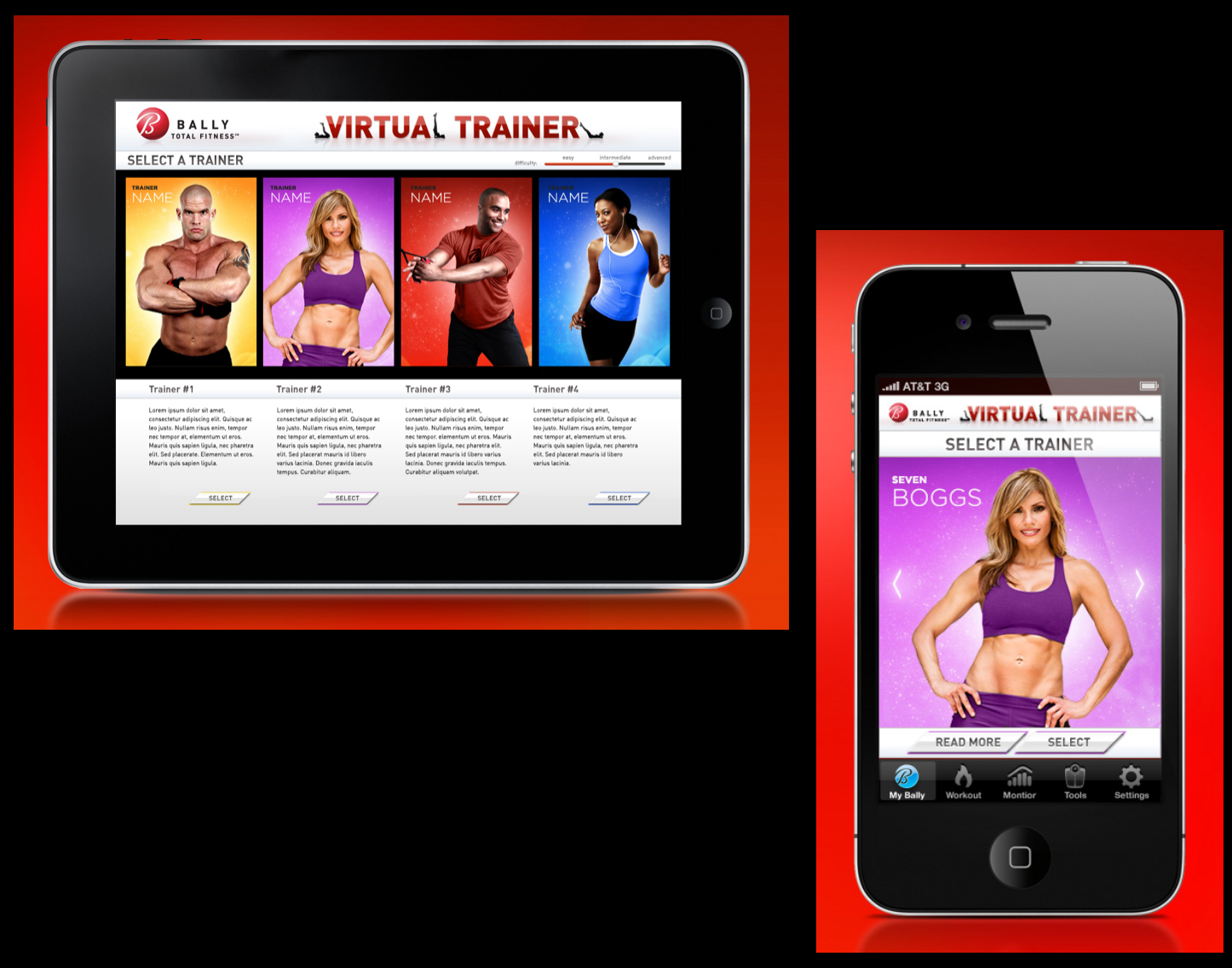
Our objectives for Bally
Achieve the same or better results as previous years with fewer dollars.
Leverage a marketing investment shift from traditional to more progressive.
Drive more memberships and club activity.
Create broader brand equity beyond the club experience.
Demonstrate Bally as a progressive leader in fitness and create engagements that exemplify Bally’s relevance in the current and future fitness markets.
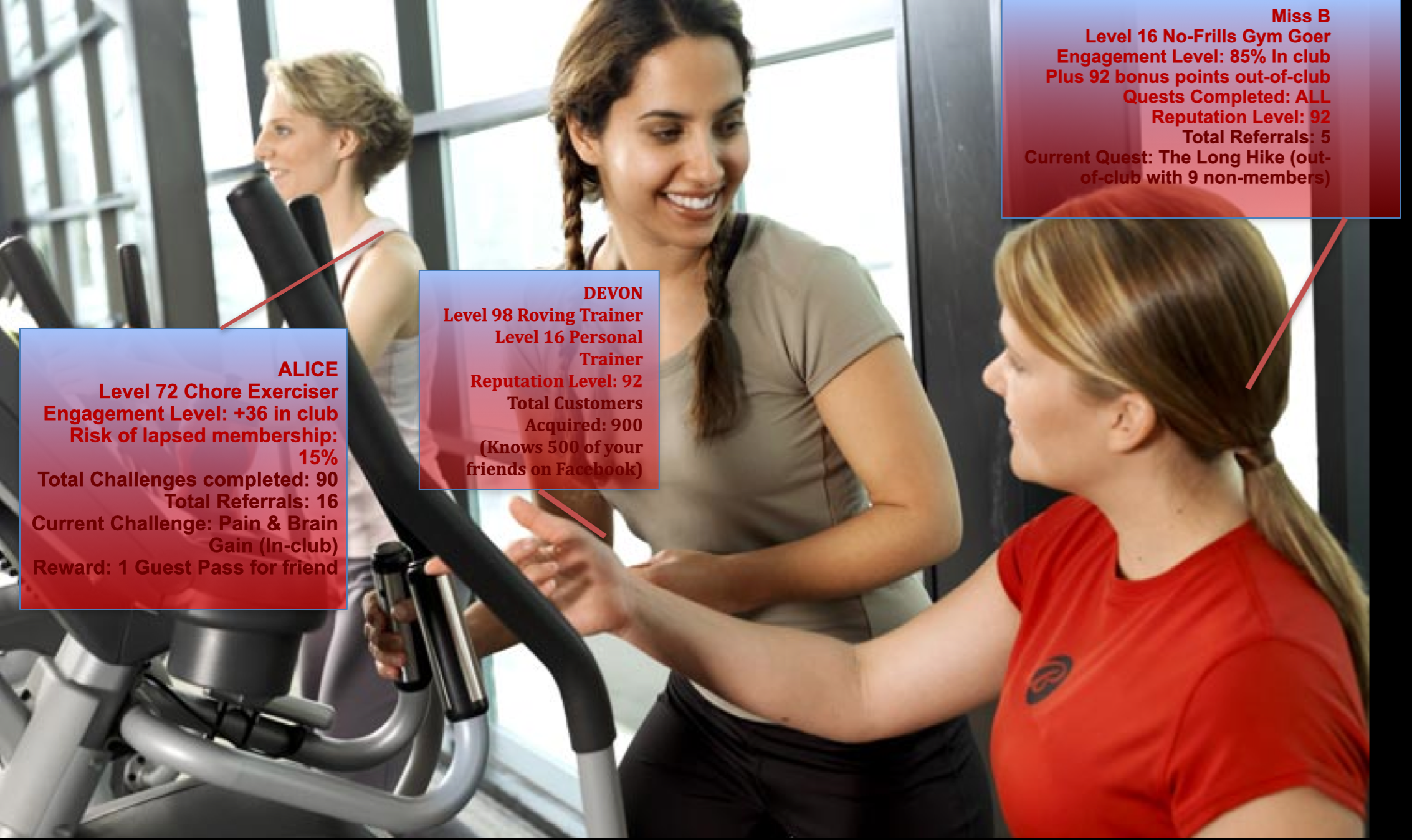
Step 1: Tie all digital engagements to an attention-getting in-club experience.
Ultra Passive - Engage users as they enter the club. Keep a steady, fresh batch of engaging, entertaining video content.
Passive – Motion graphic virtual engagement.
Personal – What’s your status? How far have you come today?
Physical – Exercise activities in which the wall guides an individual or group through a series of aerobics.
Social – Who’s here? What are they working on? How far are they to their goal? Send them a note of encouragement!
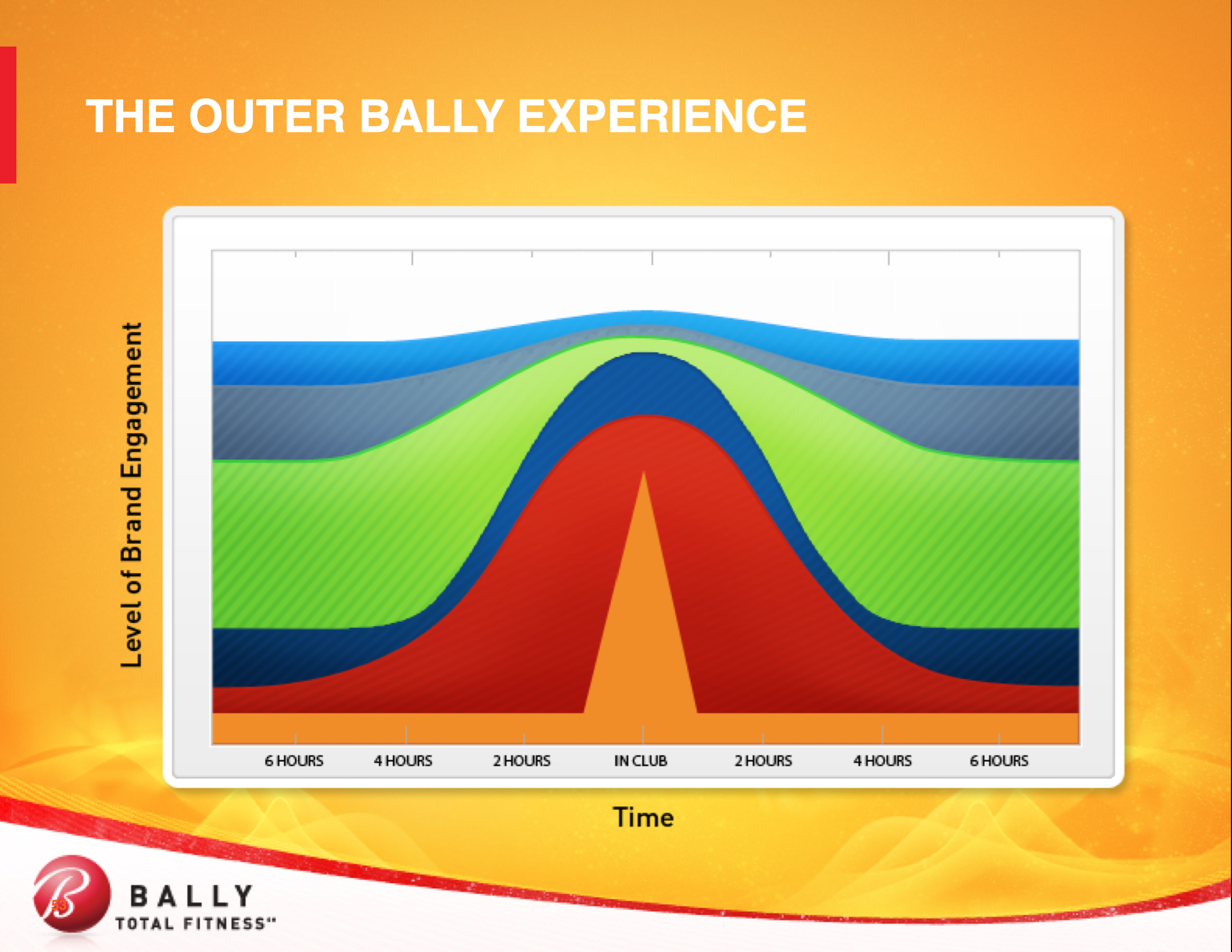
Step 2: The Outer Bally Experience
Use the technology that begins in the club, to take the experience outside the club.
Club v Club contests, Bally Bucks, Roving Trainers, and Flash Mob Fitness (spontaneous fitness events near each club.)
Result
This resulted in development and implementation of a $3 million project, effectively expanding Manifest’s billable consult with Bally by 10x, from $300,000 per year to $3 million.
